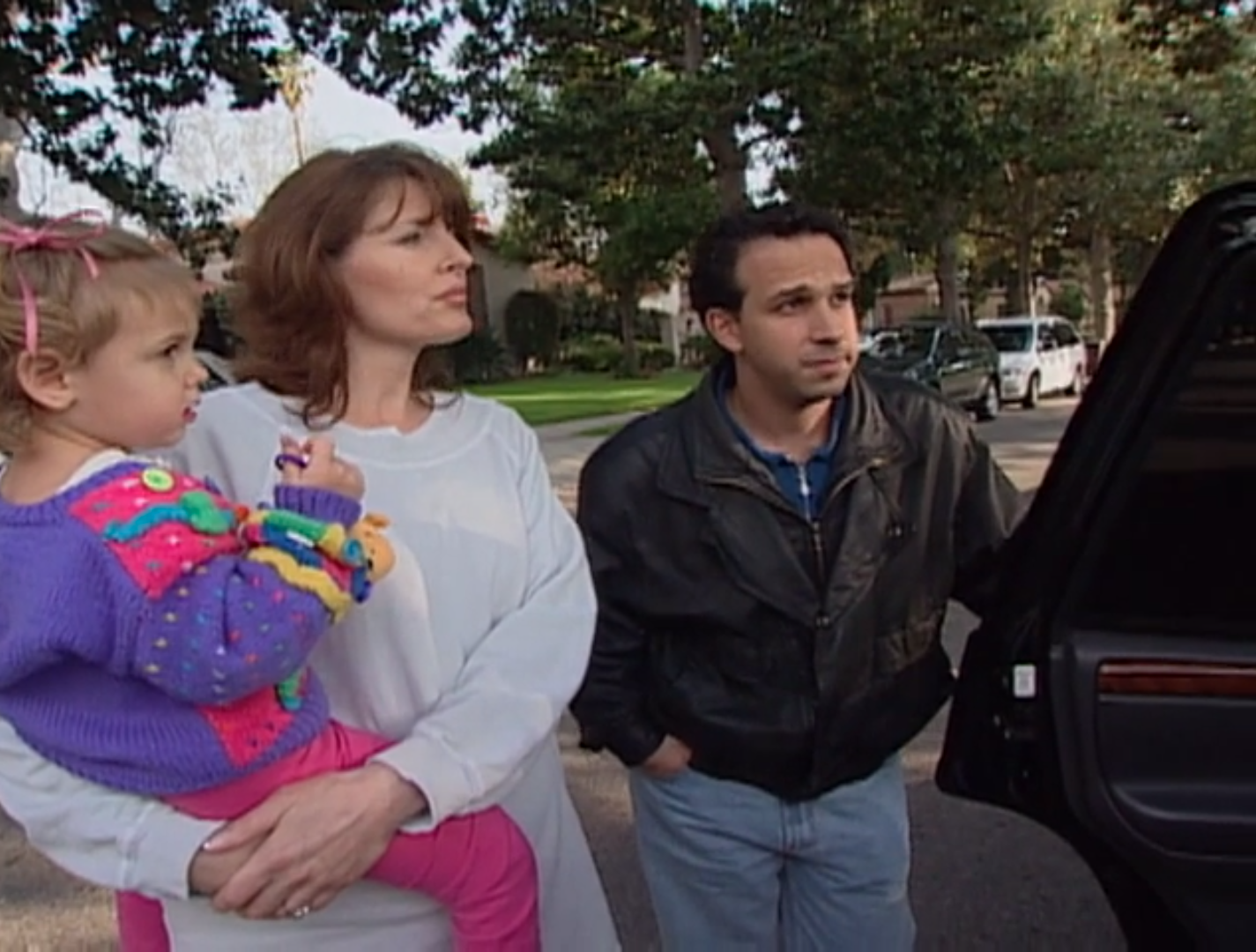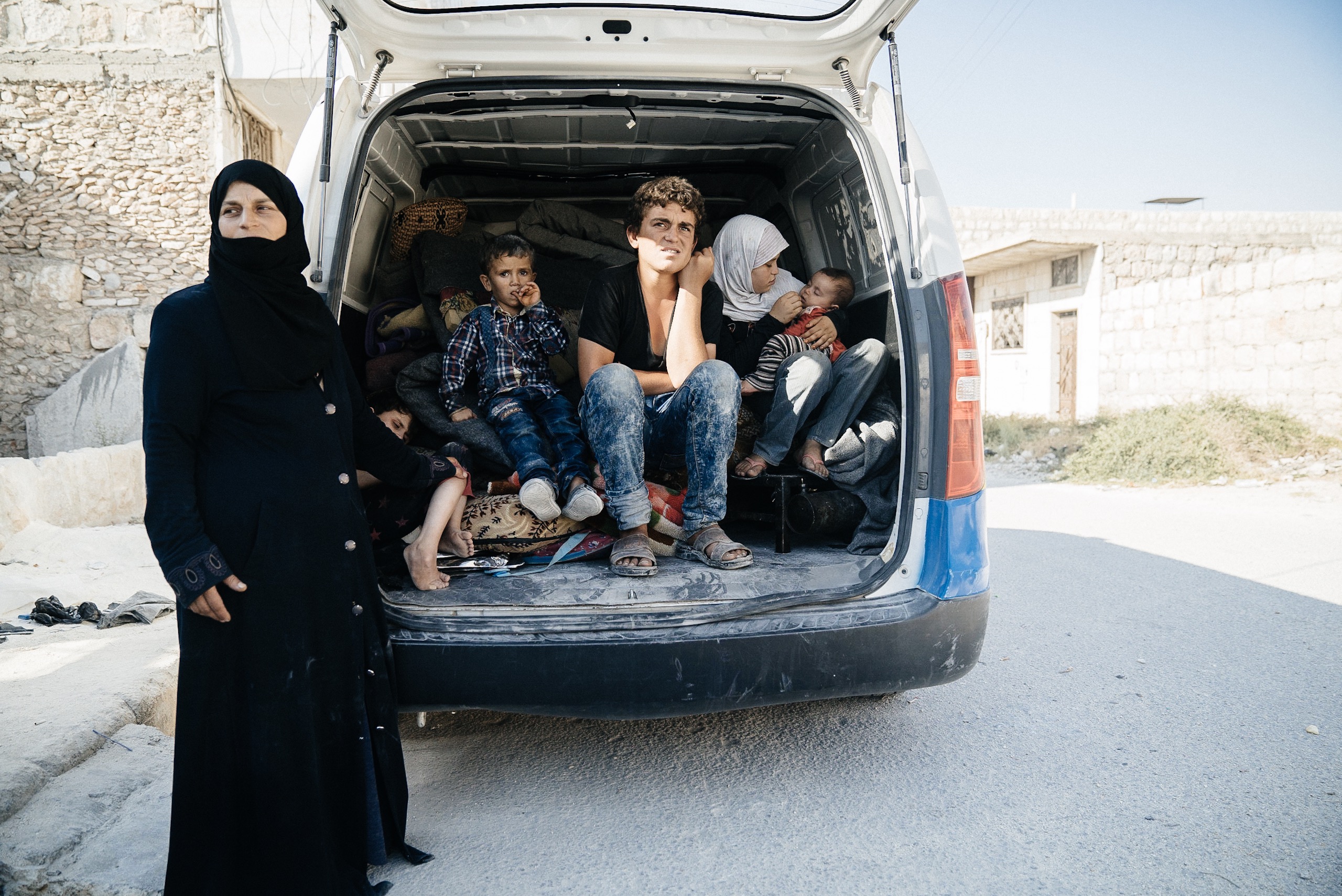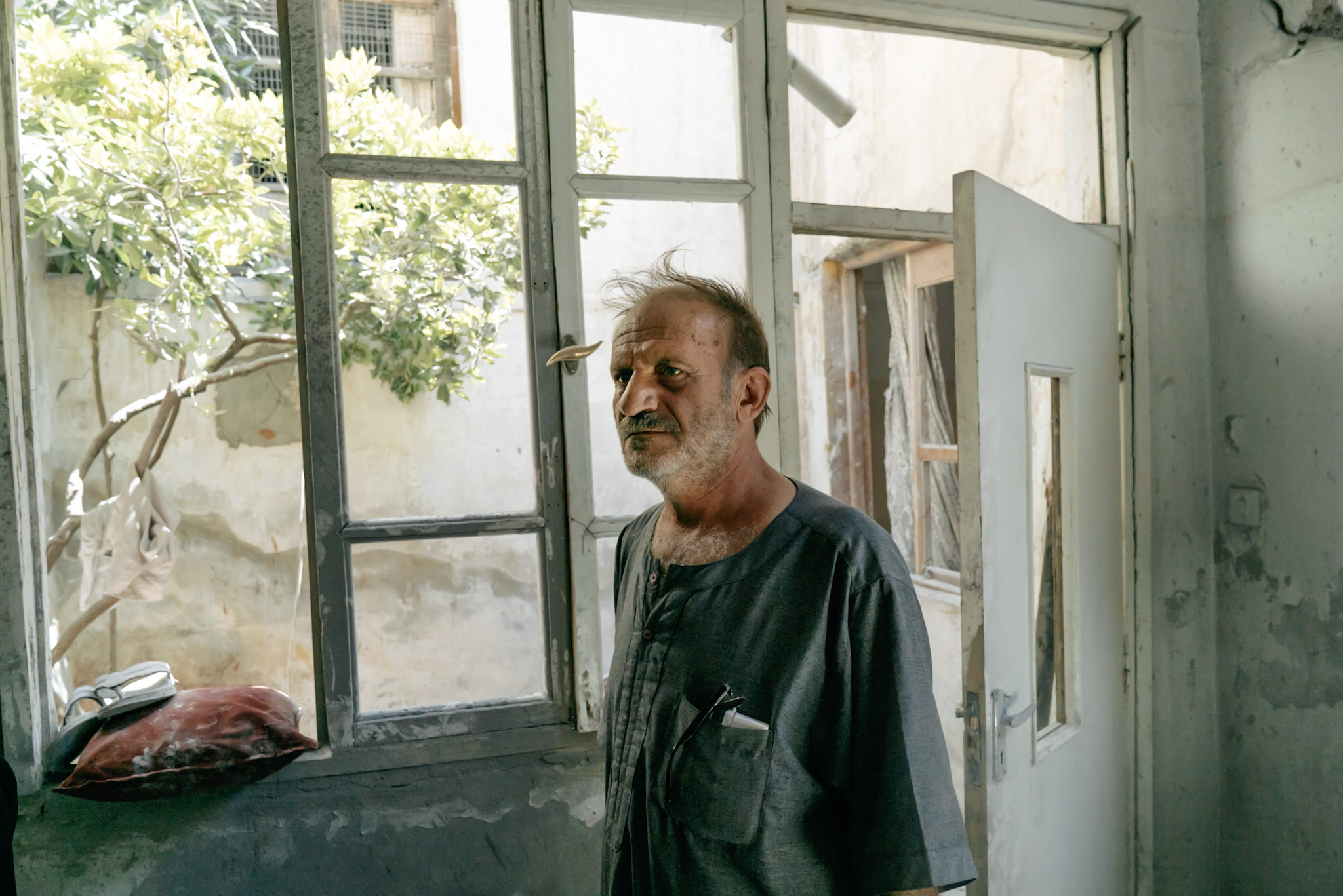At around nine o'clock on a Tuesday morning, two days after giving birth to her second child, Vanessa left a hospital in Queens, New York, and boarded the subway. She was headed to the borough’s courthouse on a mission: to regain custody of her newborn daughter.
The baby, Marla, was being held in the hospital nursery due to a previous allegation of neglect against Vanessa received by city authorities.
Shortly after Vanessa—who requested her name and those of her children be changed to protect her employment prospects—had arrived at the hospital in labor, a nurse found out she had another child already in foster care. That was followed by a call to New York City's Administration for Children’s Services (ACS), which quickly determined the baby should join Vanessa's son, Lawrence, for safety's sake. Marla would remain separated from her mother while the agency filed a petition in family court and figured out who could care for the newborn.
"It was tough," Vanessa said recently, the 23-year-old's voice cracking as she recalled that day in the spring of 2017. "I had no idea what I was getting into—I didn't know anything like what happened could happen to a new mother."
The American child welfare system's reasoning in such cases is usually a secret to the public, hidden in confidential court records, and confounding to accused parents. Vanessa said the neglect allegation stemmed from her spending a night in jail—and thus away from Lawrence—for reasons she declined to discuss, but that her history of cannabis use also eventually factored into the government's case against her.
One thing was clear: Vanessa's future as a parent was at risk, and she needed a lawyer. The J.C. Penney clerk was living in a homeless shelter, and would probably need a social worker, too.
Unlike most parents in these situations, however, Vanessa already had both, courtesy of a local nonprofit. And with an assist from an unlikely source—the Trump administration—New York City's relatively generous model for helping parents who face loss of their kids could soon spread more widely around the country.
Vanessa's lawyer and social worker were provided for free by a legal aid nonprofit called the Center for Family Representation (CFR), which employs lawyers, social workers and peer advocates to support parents facing child welfare cases. These arrangements aren't rare in New York City—three other nonprofits, known as interdisciplinary legal offices, are providing a similar mix of services: Bronx Defenders, Neighborhood Defender Service of Harlem, and Brooklyn Defender Services.
By contrast, across most of the country, many lawyers who work these cases often do so by themselves or in small private law firms, where they're paid hourly by their state. Support and training can be inconsistent, making the job harder no matter the quality or experience of the lawyer, according to conversations with many attorneys who do this work. And the parents in question are often only able to seek social workers on a case-by-case basis, through cumbersome requests filed with the courts.
"We believe that to wrap these services around a legal team is the best way to serve a family, resulting in the best outcomes, especially safe reunification of families whose children are in foster care," said Mimi Laver, who used to work in the City of Philadelphia's legal office defending foster care placements, but has become a staunch advocate of improving parent legal defense with the American Bar Association’s Center on Children and the Law.
The growing community of parent advocates think they've played an outsized role in the precipitous decline in New York City’s foster population, from more than 40,000 in the 1990s to around 8,000 today. A vastly disproportionate share of those kids and their families are black or brown, and the lawyers and their staff at places like CFR see themselves as part of a social justice movement to address that.
"Black Lives Matter hasn't yet quite happened to our field, but it will, and it must," said Martin Guggenheim, a CFR board member and a law professor at New York University, speaking to a conference for parents' lawyers in Washington, D.C., in the spring.
Meanwhile, federal policymakers quietly made a major regulatory change last year under the Social Security Act, which authorizes billions in federal spending on child welfare, in addition to the famous retirement program. Previously, those child welfare funds were mostly only available for services for foster youth. But a small wording tweak to an obscure Children's Bureau policy manual opens up potentially hundreds of millions of dollars in new federal funding to boost parent legal representation.
That money could lower caseloads for these attorneys, but also expand access to social workers, peer support, and other perks for parents everywhere. Even ACS—which declined to comment on Vanessa’s case, per its rules for confidentiality for families—supports the unique legal organizations they are often battling in court.
But change will only happen if other local officials take up the feds' offer for money, which means they have to agree parents accused of mistreating their kids—almost all of them poor, and many of them people of color—deserve that special treatment.
In Vanessa's case, early meetings with government caseworkers didn't go well, even though she had outside help.
"At first, I didn't like the programs they gave me, they were useless," she said. "But a drug treatment program made a huge difference and [CFR] helped me see the value in getting through all that. It was excruciating, doing this and not being able to see my kids."
The real action between parents and child welfare agencies doesn't always happen in the courtroom, but in less-structured outside meetings, called by names like "child safety conferences." That's where many brass-tacks negotiations over a family's future and the government's role take shape.
"In our cases, a parent meets an attorney and a social work staff member on the very first day the case is in court. The client has two team members assisting simultaneously," said Michele Cortese, executive director of the Center for Family Representation.
Anytime ACS files a court petition seeking to take custody of an allegedly neglected or abused child, New York City's family courts assign a lawyer to meet parents who can't afford one on the day of their first appearance. But without a social worker, Vanessa would have been on her own in those out-of-court meetings.
"Our job is to advocate for our clients, like a lawyer, so they don't feel alone—but advocate outside the courtroom while the attorney advocates inside the courtroom," said Eden Karnes, the CFR social worker who worked with Vanessa.
Karnes attended most of Vanessa's court hearings, and meetings between city government workers and Vanessa. Her primary goal was to ensure ACS offered Vanessa appropriate support services, and to help convince Vanessa to engage in those services, despite the frustration and instability wracking her life.
"Even if clients want help, they don't always want to acknowledge to ACS anything was wrong. Our social workers help them through this often," Cortese said.
Having a social worker on your legal team guarantees the sympathetic response a lawyer can’t always offer—and truly independent, confidential advice you can't get from social workers working for the city or one of its contracting agencies.
Some parents also work with a dedicated peer counselor, fellow parent, or caregiver who has already navigated a child welfare accusation themselves. A criminal defense attorney or a private investigator housed in a firm like CFR might also chip in expertise as necessary.
Such services are unheard of in most parts of the country. There isn't even a Constitutional right to counsel for parents in child welfare cases—even though most states do mandate lawyers be available, no matter your income, it does not always happen in the early stages of the case.
"It's important families are properly assessed to identify their strengths as well as where supports are needed. Defender services are one-stop lawyering and support shops," said Joyce McMillan, a peer advocate and vocal leader for child welfare reform in New York, adding, "Providing a family with proper supports... is not only necessary, it's outcome changing."
The services beyond a lawyer could help to dramatically reduce the time children have to spend in foster care, away from their parents. A much-anticipated study of New York City's parent representation found that for parents represented by interdisciplinary law offices (ILO), youth spend about four fewer months in foster care than in cases represented by so-called "solo practitioner" or panel-appointed lawyers.
Still, the study had limitations, and Mark Courtney, a researcher and professor who led similar research on Washington State, warned that "we should be cautious and need more research."
The findings dovetail with the new opportunity for federal funding to help pay child and parent attorneys. Last December, the federal Administration for Children and Families announced that states could seek 50 percent reimbursement for the cost of legal fees among both kids and parents in child welfare cases.
Of course, winning social services support and federal funding is one thing, and winning back custody of your kids is another.
Vanessa found it hard to convince the city to gradually grant her more time with the kids. First came "sandwich visits." She could visit her children at ACS headquarters for a 15- or 20-minute supervised visit, leave with them for a few hours, then spend another 15 or 20 minutes. Then came a "trial discharge," with the kids staying with her in the shelter with frequent city check-ins. At the same time, she was moving from shelter to shelter, and juggling jobs at J.C. Penney and a Mediterranean restaurant.
She almost lost everything at one point: Vanessa came home and found a bruise on Lawrence's face, she said.
But she overcame strong hesitation and called her kids' foster care agency. They scheduled an emergency meeting in the morning, at an ACS office, to discuss what happened. Eden came too, and aggressively pointed out that Vanessa wasn't home and did everything right in response, she said.
It worked. In October 2018, Vanessa finally got her kids back for good, and has found a permanent home.
"I wish it had never happened, obviously, even though, traumatic as it was and as awful as ACS was in some ways, I do feel like I'm a better, more aware parent now."
This story was produced in partnership with The Chronicle of Social Change, a national news outlet that covers issues affecting vulnerable children, youth and their families.
Sign up for our newsletter to get the best of VICE delivered to your inbox daily.
Follow Michael Fitzgerald on Twitter.
from VICE https://ift.tt/2mWzYn3
via
cheap web hosting










